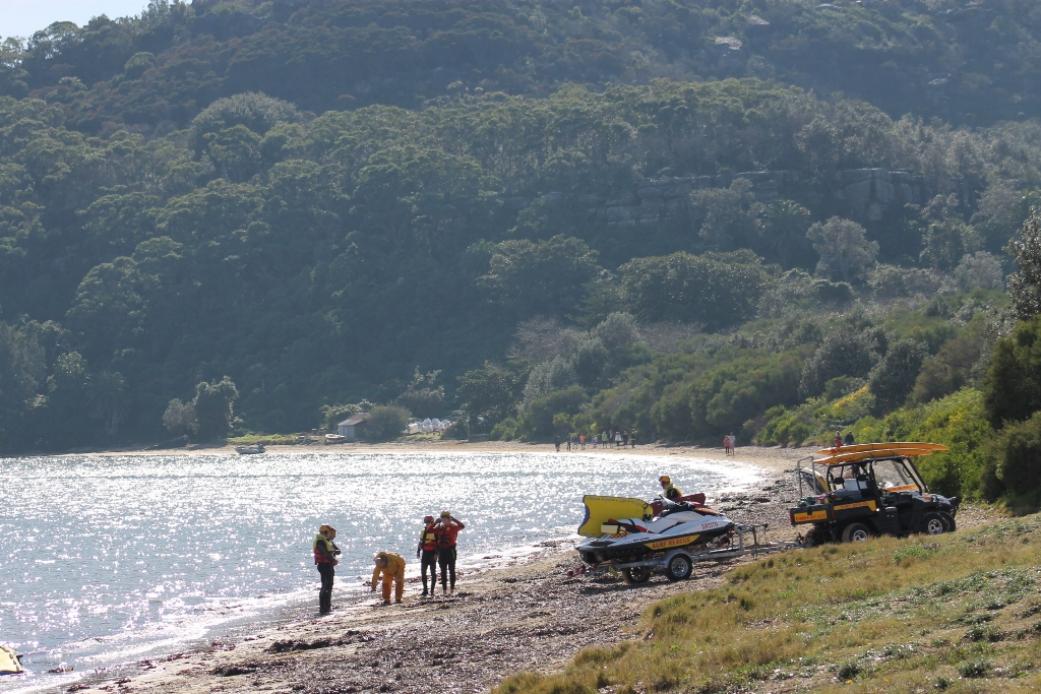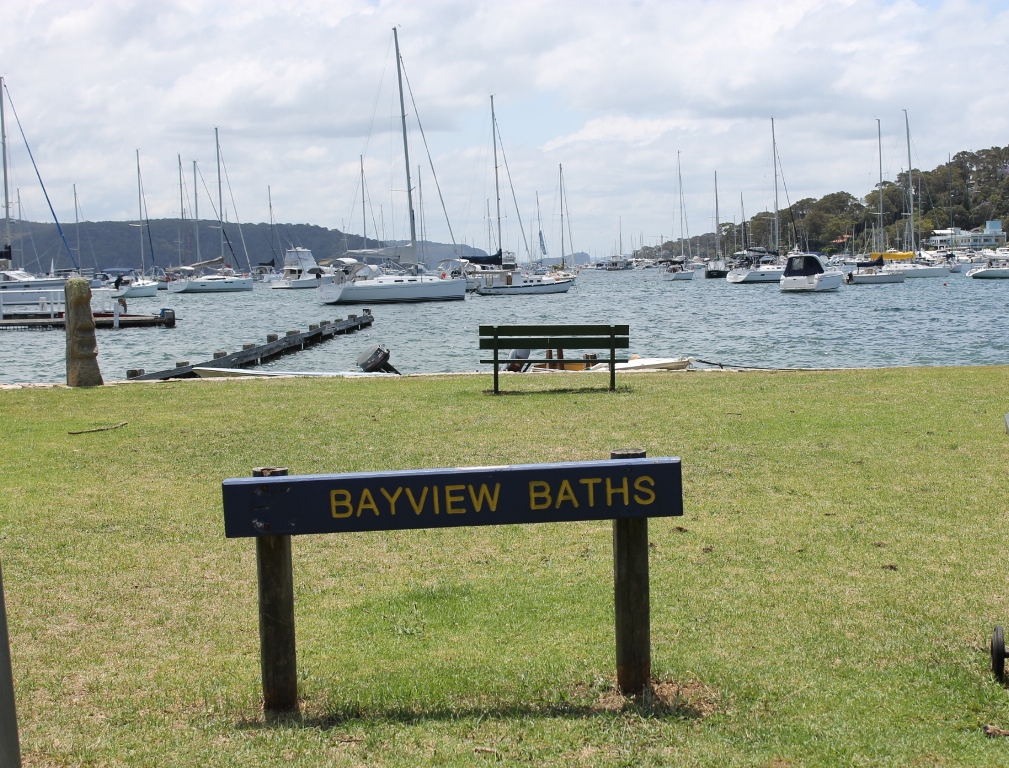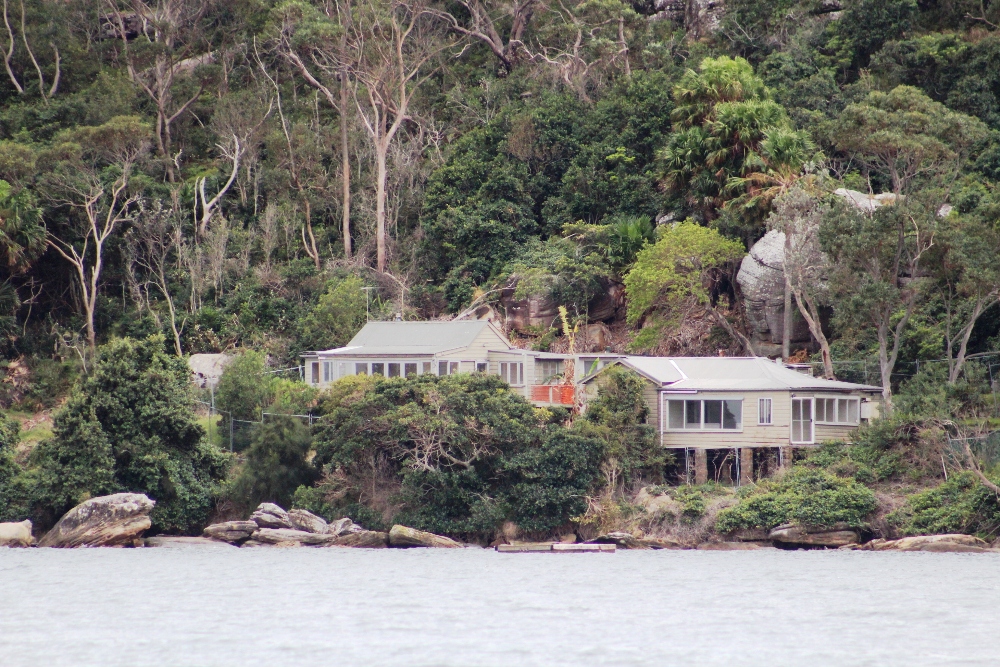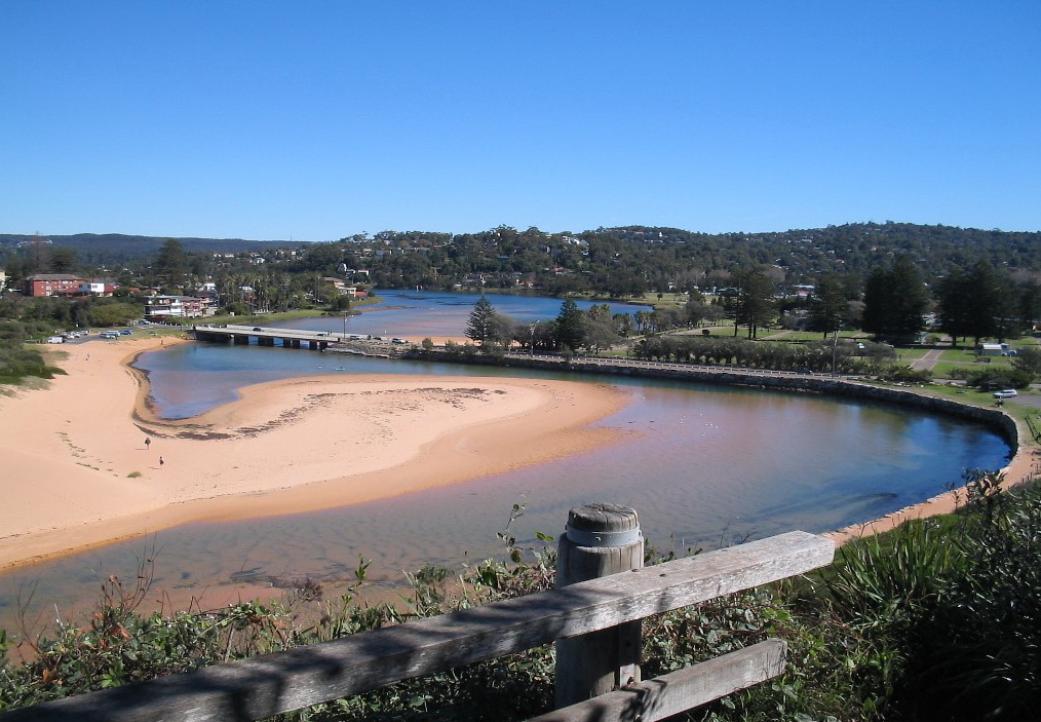October 8 - 14, 2017: Issue 332
State Of The Beaches 2016-2017: Northern Sydney (Pittwater To Manly)

Barrenjoey Beach (Station Beach) was graded as Poor again this year
State Of The Beaches 2016-2017: Northern Sydney (Pittwater To Manly)
This report summarises the performance of 250 swimming sites along the NSW coast in 2016–2017, providing a long-term assessment of how suitable a site is for swimming.
Overall results
Twenty-nine of the 32 swimming sites were graded as Very Good or Good in 2016–2017. Overall performance improved with Bayview Baths upgraded to Good from Poor in the previous year despite wet weather and significant storm events.
Percentage of sites graded as Very Good or Good:
• 2016–2017: 91%
• 2015–2016: 88%
• 2014–2015: 94%
• 2013–2014: 97%.
See the section on How to read this report on page 130 for an explanation of the graphs, tables and Beach Suitability Grades.
Best beaches
Palm Beach, Whale Beach, Avalon Beach, Bilgola Beach, Bungan Beach, Mona Vale Beach, Dee Why Beach, South Curl Curl Beach, Elvina Bay, The Basin and Great Mackerel Beach. These sites had excellent water quality and were suitable for swimming almost all of the time.
Swimming sites monitored in the Northern Sydney region include ocean beaches, estuarine areas in Pittwater and lagoon sites in Narrabeen Lagoon, with each site type having a different response to rainfall-related impacts.
Estuarine and lagoon swimming sites did not perform as well as ocean beaches due to lower levels of flushing which increase the time needed to disperse and dilute pollution inputs, taking longer to recover from stormwater events.
As a general precaution, swimming should be avoided during and at least one day after heavy rain at ocean beaches, and up to three days in estuarine and lagoon areas, or if there are signs of stormwater pollution such as discoloured water or floating debris
Swimming is not recommended at ocean beaches located near lagoon entrances if the lagoon is open, due to the possibility of pollution from the outflow.
Ocean beaches
All 20 ocean beaches were graded as Very Good or Good.
Palm, Whale, Avalon, Bilgola, Bungan, Mona Vale, Dee Why and South Curl Curl beaches were graded as Very Good. The water quality at these sites was of a very high standard and suitable for swimming almost all of the time.
Newport, Warriewood, Turimetta, North Narrabeen, Collaroy, Long Reef, North Curl Curl, Freshwater, Queenscliff, North Steyne, South Steyne and Shelly (Manly) beaches were graded as Good. Water quality was suitable for swimming during dry weather conditions, but swimming should be avoided during and for up to one day following heavy rainfall.
Estuarine beaches
Three of the 10 estuarine beaches in Pittwater were graded as Very Good: Elvina Bay, The Basin and Great Mackerel Beach. These sites had excellent water quality and were suitable for swimming almost all of the time.
Paradise Beach Baths, Clareville Beach, Bayview Baths, North Scotland Island, South Scotland Island and Taylors Point Baths were graded as Good. Water quality at these sites was generally of a high standard although elevated levels of enterococci were recorded following rainfall at most sites.
Bayview Baths was upgraded to Good from a Poor grade in 2015–2016. Although the result is an improvement on the previous years, water quality can take longer to recover from stormwater events than other Pittwater swimming sites due to lower levels of flushing.
Northern Beaches Council and Sydney Water collaborated in 2016–2017 to assess dry and wet weather stormwater quality around Bayview Baths, Bayview. The area was found to be impacted by diffuse stormwater pollution, and therefore swimming at Bayview Baths should be avoided for at least three days after heavy rain.
Sydney Water has inspected, cleaned and repaired sewer mains that have a high likelihood of discharging sewage to waterways if they become blocked. When significant tree root intrusion to the public sewer from the private sewer was identified, property owners were requested to remedy the problem.

Barrenjoey Beach was graded as Poor. This grade is provisional as the information required for the analysis is incomplete due to limited bacterial data. A potential pollution source was removed in November 2016 with the decommissioning of the onsite toilet facilities at the lighthouse, Fisherman’s and Boatman’s cottages at the northern end of the beach. To reflect these conditions, only data collected since the major works were completed have been included in the assessment. This has resulted in a larger proportion of samples collected in wet weather conditions, including those collected during significant wet weather periods in February and March. Three of the four elevated results (>200cfu/100ml) were associated with rainfall in the previous 48 hours. It is expected the grade will improve once more data is available for the assessment and there is less influence from wet weather results.
The NSW National Parks and Wildlife Service has decommissioned septic systems and installed a number of sewer pumping stations to service Barrenjoey Head, located at the northern end of Barrenjoey Beach. The lighthouse and Fisherman’s Cottages were decommissioned in July 2016, and Boatman’s Cottage decommissioned in November 2016. Final connections of the Barrenjoey Head sewer system to the reticulated sewerage system is scheduled to occur in 2017.

Fisherman’s Cottages, Barrenjoey
Lake/lagoon swimming sites
Two swimming sites within Narrabeen Lagoon were graded as Poor.
Narrabeen Lagoon (Birdwood Park) is located at the entrance to the lagoon and was graded as Poor. This grade is provisional as the information required for the analysis is incomplete due to limited bacterial data. Microbial water quality at this site is dependent on wet weather events and whether the lagoon is open to the ocean. Discharge from Narrabeen Lagoon is a significant source of faecal contamination. A large clearance project in November 2016 opened the lagoon entrance to allow the site to be well flushed by clean ocean water. To reflect these conditions, only data collected since the major works were completed have been included in the assessment. Despite the Poor grade, microbial water quality has shown much improvement from the previous year, only just breaching the threshold from Good to Poor and with only one enterococci result exceeding 200cfu/100ml. All dry weather samples were within the safe swimming limit except two with bacteria levels only slightly above 40cfu/100ml.
Bilarong Reserve in Narrabeen Lagoon was added to the program in 2014 and continues to be graded as Poor. Water quality at this site was susceptible to pollution during and following rainfall, and occasionally during dry weather conditions. A significant source of faecal contamination is from stormwater runoff to the lagoon. The swimming site retains pollution inputs because it is located away from the lagoon entrance and is not well flushed by clean ocean water. Despite the Poor grade, microbial water quality has improved from the previous year, only just breaching the threshold from Good to Poor.
NSW Beaches Looking Good
October 2nd, 2017: Media Release - Environment Minister, The Hon. Gabrielle Upton
This year’s annual beaches scorecard rated 84 per cent of NSW swimming sites as Good or Very Good, slightly higher than last year’s result of 83 per cent, Environment Minister Gabrielle Upton announced today.
The annual scorecard provides ratings for 250 swimming sites, (ocean beaches, ocean baths, estuarine, lake and lagoon sites across NSW), including 140 ocean beaches.
“Despite many of the state’s coastal areas recording their wettest March on record, 98 per cent of the state’s monitored ocean beaches rated as Good or Very Good, making NSW beaches some of the cleanest in world,” Ms Upton said.
“Beachwatch’s water quality monitoring shows that Sydney’s beach water quality has improved dramatically over the last two decades.”
There were strong results for the Newcastle, Illawarra and South Coast regions. Despite the wet conditions Central Coast’s beaches showed an overall improvement, with Chain Valley Bay being upgraded to Good from Poor in the previous year.
Last year’s heavy rainfall and certain major storms impacted water quality at a number of estuaries, lagoons and lake swimming sites during the year.
“Heavy rainfall generates stormwater, a major cause of pollution to recreational waters,” Ms Upton said.
“Councils and water authorities are constantly investing in improving water quality. It’s important to remember whatever is thrown on the ground may end up in stormwater and eventually lead into waterways.”
Heavy rain from Sydney’s East Coast Low event in June 2016 caused flooding across the city. Persistent rain fell in February and March, which was the wettest for Sydney since 1975.
The Beachwatch program is run by the NSW Office of Environment and Heritage, in partnership with 10 councils, Sydney Water Corporation and Hunter Water Corporation.

Narrabeen Lagoon (Birdwood Park) is located at the entrance to the lagoon and was graded as Poor again this year.